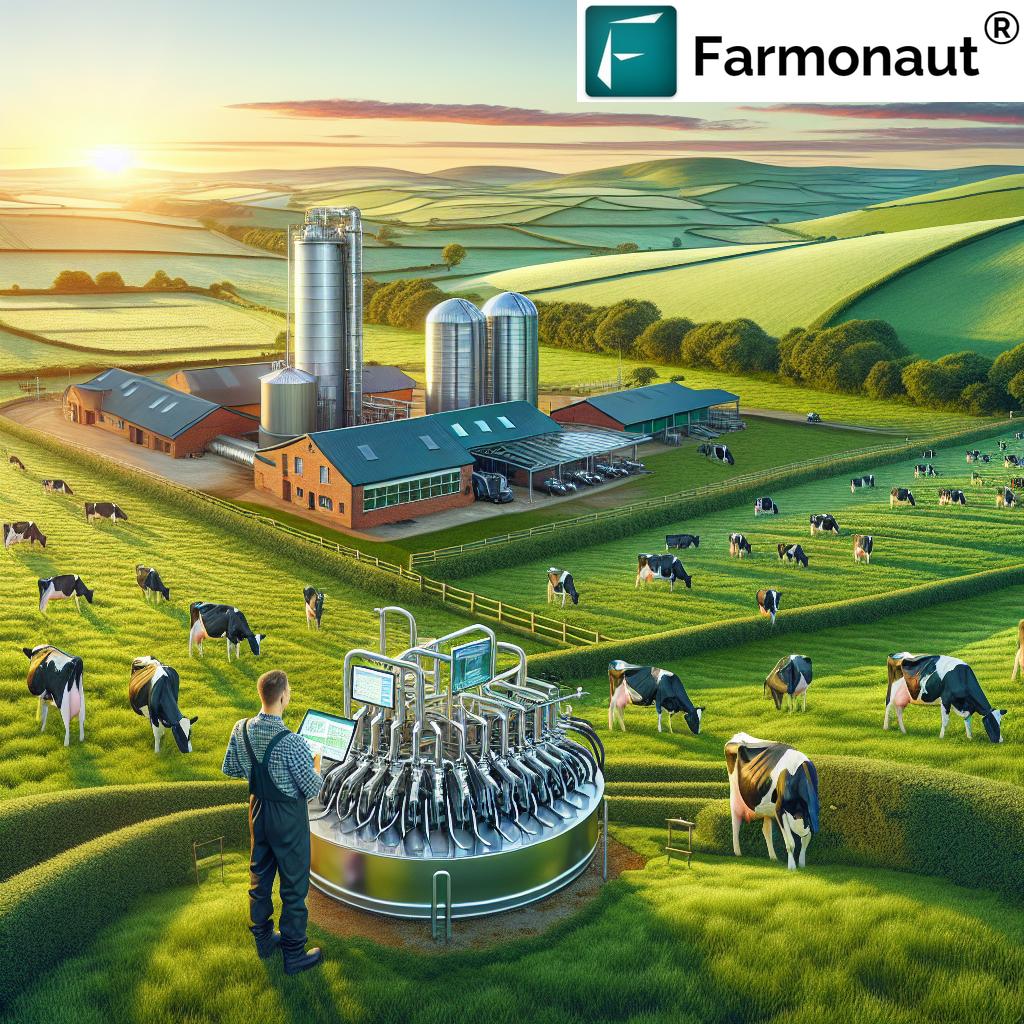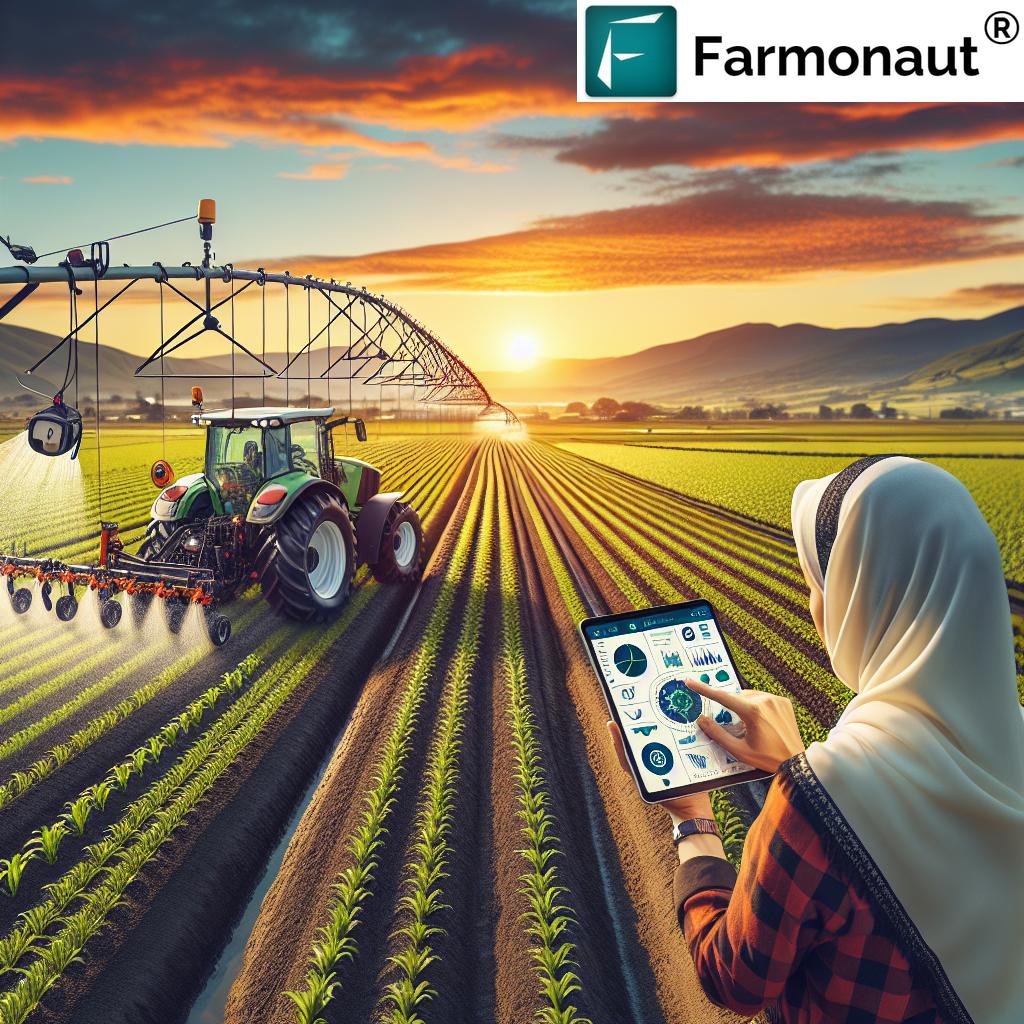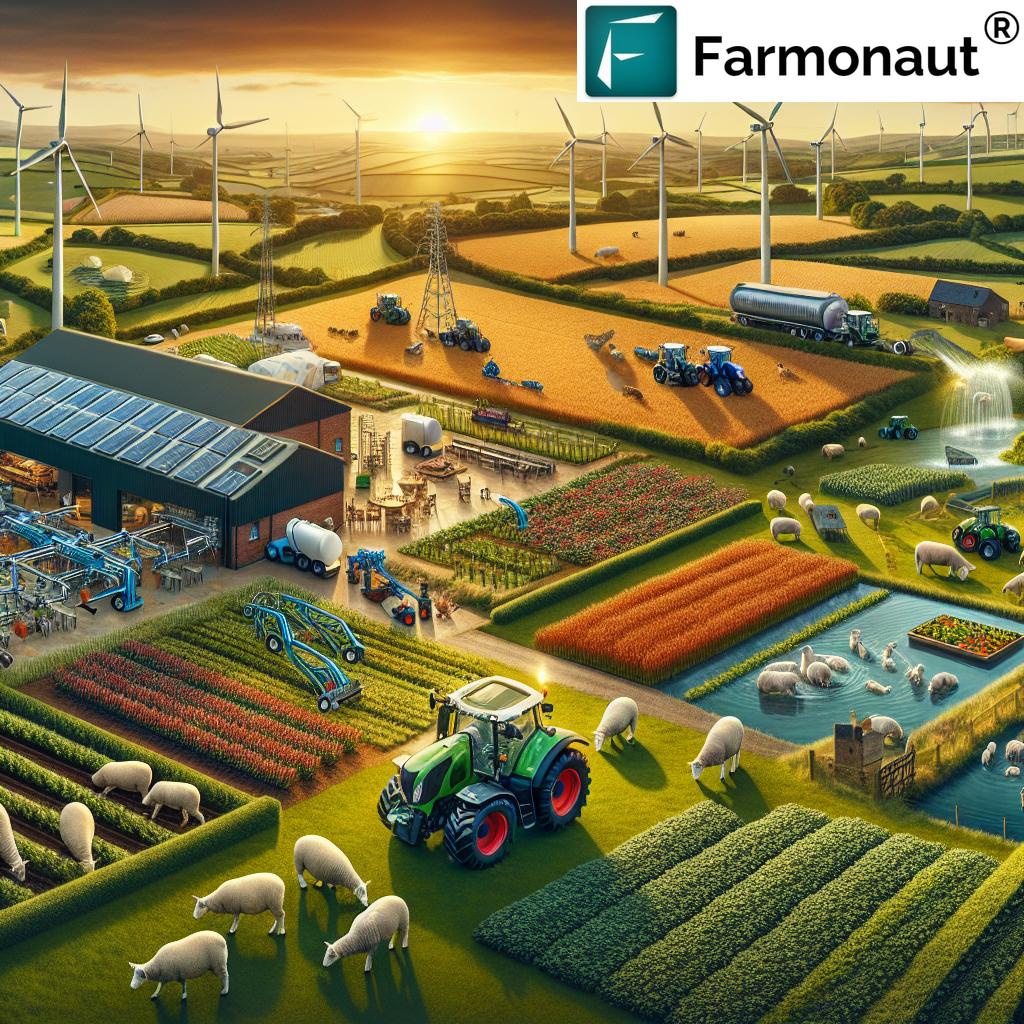“By 2026, London plane trees are projected to increase urban canopy cover in cities by up to 12%.”
London Plane Tree & Farmers Markets: 2026 Trends in Urban Sustainability, Agriculture & Restoration
Sustainable urban agriculture and forestry in 2026 are undergoing a remarkable evolution. Key among many aspects contributing to this transformation are the London plane tree, the surge of farmers markets like the Jack London Square Farmers Market, and the rise of indoor tree plants in city environments. Their integration is playing a pivotal role in supporting environmental restoration, boosting local food security, and enhancing community well-being.
The London plane tree (Platanus × acerifolia) has long been celebrated as a resilient, hybrid species well-suited to the challenges of urban life. Its prominence in cities like London and its adoption in global metros is owed to its formidable resistance to pollution, soil compaction, and fluctuations in climate—all traits increasingly vital as urban environments expand and sustainable practices become mainstream by 2026.
Conversely, farmers markets such as Oakland’s Jack London Square Farmers Market have evolved beyond basic commerce into lively venues where urban greenery, community, and agricultural values intersect. When set amidst a verdant backdrop of mature tree plantings, these markets underscore the importance of trees as both environmental assets and agricultural enablers, offering shaded, pleasing spaces for the exchange of fresh, locally grown produce.
In tandem, the trend of cultivating indoor tree plants—most notably the lemon tree plant—demonstrates how even those with limited outdoor space can contribute to urban food production and ecological stability. As we look to 2026 and beyond, the movement toward balanced integration of these green elements continues to gain momentum, reflecting a broader shift toward environmental resilience, climate-smart urban planning, and community-centric agriculture.
London Plane Tree in 2026: The Cornerstone of Urban Forest Resilience
Why the London Plane Tree Remains Essential in Modern Cities
The London plane tree (Platanus × acerifolia) stands as one of the most recognized and celebrated urban trees worldwide. Its hybrid nature—originally a cross between the Oriental Plane (Platanus orientalis) and the American Sycamore (Platanus occidentalis)—yields a species that is robust and highly tolerant to the demanding environments typical of modern cities like London and beyond.
Resilience to Urban Challenges
- Withstands severe pollution and poor air quality, improving overall urban atmospheric conditions.
- Thrives in compacted soils where proliferation of other green species is typically challenged.
- Highly resistant to pests and diseases common in high-density population zones.
- Promotes cooler city microclimates and reduces urban heat islands.
- Provides habitat and biodiversity support for urban wildlife.

London plane trees enhance urban greenery and pollution control in cities like London (Image ALT: London plane tree foliage in city environment, London)
2026 Forecast: Greater Urban Canopy, Healthier Cities
Expanding tree planting initiatives across global cities have led to a projected 12% rise in urban canopy cover by 2026. London plane trees are at the leading edge of this movement, underpinning sustainable urban forestry programs that focus on:
- Mitigating climate change by sequestering carbon and stabilizing urban soils.
- Enhancing air quality with large leaf surfaces that trap particulates and absorb pollutants.
- Enriching community health by providing shaded, walkable spaces that foster physical and mental wellness.
- Boosting urban biodiversity through their role as ecological hubs for birds, insects, and pollinators.
Scientific Significance of Platanus × acerifolia
The London plane tree’s capacity for rapid growth and adaptability makes it a keystone species in urban restoration projects. Platanus × acerifolia not only survives but thrives in environments where native species often struggle, which is crucial for the quick establishment of green infrastructure following urban renewal or land remediation. Their prevalence and longevity—sometimes exceeding 200 years—make them a sustainable asset for enduring urban health.
Want real-time, satellite-based monitoring of urban trees for green infrastructure projects? Track growth, canopy cover, and health with Farmonaut’s crop, plantation, and forest advisory tools—accessible anytime, anywhere.
Farmers Markets & Green Integration: The 2026 Evolution of Agricultural Commerce
The Symbiotic Relationship: Farmers Markets & Urban Forestry
Modern farmers markets are increasingly set against lush, tree-lined spaces—a direct reflection of society’s renewed commitment to sustainable urban agriculture. The Jack London Square Farmers Market in Oakland, California, epitomizes this integration of agricultural production and urban greenery, creating environments that:
- Promote the sale and consumption of fresh, locally grown produce, supporting food security.
- Offer shaded, aesthetically pleasing venues for vendors and consumers alike.
- Support organic farming practices and a reduction in urban food transportation footprints.
- Encourage active community engagement through events, workshops, and green market programming.
- Reinforce environmental stewardship by integrating native and drought-resistant plantings.
Farmers Market Trends: A Greener Marketplace in Oakland & Beyond
- Strategic tree planting within market perimeters and central plazas provides critical ambient shade as climate extremes intensify.
- Active efforts to diversify tree species, incorporating natives for long-term ecological health and drought resilience.
- Adaptive spaces allow markets like Jack London Square to foster learning, socializing, and initiating local “tree care” groups.
- Farmers markets are crucibles for sustainable commerce and urban community value creation.
Case-in-Point: Integrating Trees into the Market Experience
In Oakland’s Jack London Square Farmers Market, strategic placement of mature London plane trees and native species provides not only shade and cooling benefits but also enhances the aesthetic and experiential quality of the market. Farmers and craft vendors report increased foot traffic and dwell time, attributed to the shaded, “park-like” ambiance these trees create. Consumers feel more comfortable lingering, sampling, and engaging in community activities—all reinforcing sustainability and economic resilience.
Integrating Indoor Plants: A New Chapter for Market Sustainability
A game-changing 2026 trend is the integration of indoor tree plants into farmers market operations. Over 60% of urban farmers markets plan to feature indoor plant pop-ups or workshops within market spaces, providing education on growing food in limited environments, and selling indoor-friendly fruit trees like the lemon tree plant. This move supports small-space urban agriculture and expands the traditional reach of farmers markets.
“Over 60% of urban farmers markets plan to integrate indoor tree plants for sustainability by 2025.”
Organic, Locally Grown Produce: Key to Community Resilience
As urban indoor and outdoor farming continues to flourish, farmers markets like Jack London Square serve as key distribution points for local, organic produce. The emphasis on organic farming ensures reduced chemical use and healthier soils, while the local focus minimizes “food miles,” decrease emissions, and ensures freshness and nutrition for city communities.
Indoor Tree Plants & Small-Scale Urban Farming: Harnessing Space for Sustainability
Reclaiming Food Production Within Limited Spaces
The trend of cultivating indoor tree plants has exploded among urban dwellers seeking to reconnect with food production and environmental restoration. Compact, container-grown fruit species—especially lemon tree plants—are now common in apartments and communal spaces throughout dense cities like London and Oakland.
- Lemon tree plants provide fresh, homegrown citrus, enhancing nutritional diversity and supporting food sovereignty in metropolitan environments.
- Smart irrigation, hydroponic, and app-monitored systems make care for indoor fruit trees more accessible than ever before in 2025–2026.
- Workshops and pop-up market stalls at venues like Jack London Square Farmers Market teach best practices, from propagation to organic pest management.
- The movement toward indoor fruit trees is a microcosm of broader sustainability trends sweeping urban agriculture.
Indoor lemon tree plants are becoming common in London apartments (Image ALT: indoor lemon tree plant growing in apartment in London)
Nutritional & Ecological Value of Indoor Lemon Trees
- Continuous access to fresh lemon for culinary and health uses, reducing grocery reliance.
- Enhanced indoor air quality and humidity through natural tree transpiration.
- Promotion of greater urban greenery density, even in highly urbanized, vertical spaces.
Indoor cultivation not only increases urban food production but reinforces a sustainable mindset among city residents—every kitchen garden or balcony lemon tree represents a step toward greater resilience and environmental stewardship.
Tree Planting for Ecological Restoration & Sustainable Forestry (2026 Perspective)
Tree Planting as Natural Infrastructure for Sustainability
The practice of tree planting—from streetscapes lined with London plane trees to reclaimed mining lands—remains at the core of 2026’s approach to environmental infrastructure development. Planting trees is not mere beautification; it’s a strategic move to protect and restore soils, stabilize land, mitigate urban heat islands, and sequester carbon as part of broad-scale climate adaptation and environmental restoration.
- London plane trees are increasingly used in post-mining projects for their soil stabilization and fast growth.
- Growing attention to native species in city parks and along urban corridors to preserve genetic diversity.
- Integration of farming and forestry—agroforestry—creating multi-functional spaces and sustainable production zones.
- Utilizing satellite monitoring to ensure growth success, survival rates, and carbon sequestration effectiveness.
Tree Planting in Mining & Resource Extraction Lands
- Mining and extraction sectors, often associated with environmental degradation, are adopting tree planting protocols as key remediation strategies.
- Species such as London plane trees are valued for reclaiming and stabilizing degraded soils, accelerating native forest regrowth, and rebuilding ecosystems after mineral extraction.
- These green investments help balance resource use with long-term ecological health.
Urban Green Infrastructure & Environmental Stewardship
Trees, Markets & Community Wellbeing: Multi-Dimensional Value
Urban infrastructure projects in 2026 actively incorporate the planting and maintenance of diverse tree species—including the celebrated London plane—not just for environmental benefits, but for economic growth, public health promotion, and lifestyle enhancement.
- Green infrastructure reduces flood risks, enhances stormwater management, and creates cooler, livable environments.
- Farmers markets act as catalysts for urban renewal, driving local economies and sustaining urban agriculture.
- The psychological benefits of tree-lined markets and public spaces include lower stress, improved social cohesion, and community pride.
London Farmers Market & Urban Planning: A Model for Other Cities
Urban planners are increasingly drawing inspiration from places like the London farmers market model—merging green public spaces with the vibrancy and accessibility of local agricultural commerce. The harmonious integration of mature London plane trees with market activity creates environments where environmental and economic goals are advanced together.
Monitor urban forestry and indoor tree growth anywhere, anytime: Download Farmonaut’s Android & iOS apps for satellite-based tracking of plant health, canopy progress, and more.
Emerging Technology: Satellite Monitoring & Smart Data for Urban Greening
How Satellite-Tech Speeds Up Urban Sustainability
Cutting-edge technology now plays a crucial role in supporting and verifying the health of urban tree plantings, restoration, and green market districts. Satellite platforms—like those provided by Farmonaut—deliver real-time, affordable, and accessible monitoring of tree canopies, soil health, crop production, and even carbon sequestration rates.
- Satellite monitoring speeds up reporting, tracking tree survivability and impact after planting.
- AI-driven insights guide tree selection and land management based on microclimate data for urban settings.
- Blockchain traceability for agricultural goods—confirming products are sourced from verified sustainable markets.
- API access and developer docs make integration into municipal systems seamless.
Our solutions use satellite data, AI, and blockchain to offer:
- Real-time insights for urban land management and city-level climate adaptation.
- Blockchain-verified traceability in agricultural supply chains, supporting transparency and consumer trust.
- Fleet and resource management for urban forestry operations.
- Farmonaut’s large scale farm management platform brings advanced satellite tools to diverse teams in cities and beyond for real-time crop, forest, and market monitoring.
Comparative Trend Impact Table: Urban Sustainability Through 2025–2026
| Element | Estimated Carbon Sequestration (kg/year) | Expected Urban Greening Coverage (sq m) | Economic Benefit to Community ($/year) | Contribution to Biodiversity (Index Score) | Projected 2026 Growth (%) | Sustainability Score (1–10 scale) |
|---|---|---|---|---|---|---|
| London Plane Tree | 100–250 | ~50–100 sq m/tree | $500–$1,500 | 8.5 | +12% | 9 |
| Farmers Market | 50–100* | Varies (150–1,000 sq m) | $10,000–$50,000 | 7.5 | +18% | 8 |
| Indoor Tree Plant | 10–25 | 3–10 sq m/plant | $100–$350 | 6.8 | +25% | 7 |
*Farmers Market carbon sequestration assumes integration of around 10–30 mature shade trees within market vicinity. Estimates are indicative for comparative understanding; actual values may vary by city, market size, and project scale.
Frequently Asked Questions: London Plane Tree, Farmers Market, and Urban Sustainability Trends
What makes the London plane tree ideal for urban environments?
London plane trees (Platanus × acerifolia) are renowned for their ability to thrive in challenging city conditions. Their resilience to pollution, compacted soil, and climatic extremes, combined with fast growth and structural strength, make them a keystone for green urban infrastructure and ecological restoration through 2026 and beyond.
How do farmers markets support both agriculture and environmental goals?
Farmers markets—especially those like Jack London Square Farmers Market—act as vital links between urban consumers and local agricultural producers. When integrated with tree and native plant initiatives, these markets promote food security, support organic production, reduce “food miles,” and enhance urban biodiversity.
Can indoor tree plants, such as lemon trees, truly impact city sustainability?
Yes. Indoor lemon tree plants not only offer city dwellers access to fresh, homegrown citrus, but also improve indoor air quality, contribute to urban greenery density, and nurture a culture of environmental stewardship and resilience in increasingly dense, high-rise living environments.
Are there technology solutions for monitoring urban trees and farmers markets?
Absolutely. Satellite-based platforms like Farmonaut’s enable remote monitoring of urban and peri-urban tree canopies, soil health, and farmland using real-time data and AI advisory systems. Blockchain enhances traceability of agricultural products, fortifying urban sustainability and trust in food systems.
What is the projected economic impact of farmers markets and urban tree integration by 2026?
Farmers markets integrated with tree cover not only boost local economies (with economic benefits for communities estimated at $10,000–$50,000 per year per market), but also improve public health, reduce urban temperatures, and increase urban livability—setting new standards for value within cities.
Conclusion: The Nuanced Role of Tree Planting and Farmers Markets in a Greener 2026
As we forge ahead into 2026 and beyond, the integration of the London plane tree, vibrant farmers markets, and inventive indoor tree plant systems continues to embody the intersection of sustainability, community, and agricultural resilience. Trees serve as both enablers and assets—whether acting as climate-mitigating giants in cityscapes or compact fruit providers in urban dwellings.
These green investments stand at the heart of ecological restoration, driving sustainable production, fortifying urban resilience, fostering local economic growth, and nurturing flourishing communities. The rise in canopy cover, the proliferation of shaded and environmentally balanced markets, and the surge in indoor food cultivation all point to an urban future where nature and commerce are ingeniously entwined.
By championing these trends—and leveraging advanced technology for monitoring and management—cities like London and Oakland are redefining what sustainability means, not only for our generation but for those to come.
Ready to transform your sustainability project?
Get satellite-driven insights today with Farmonaut.













